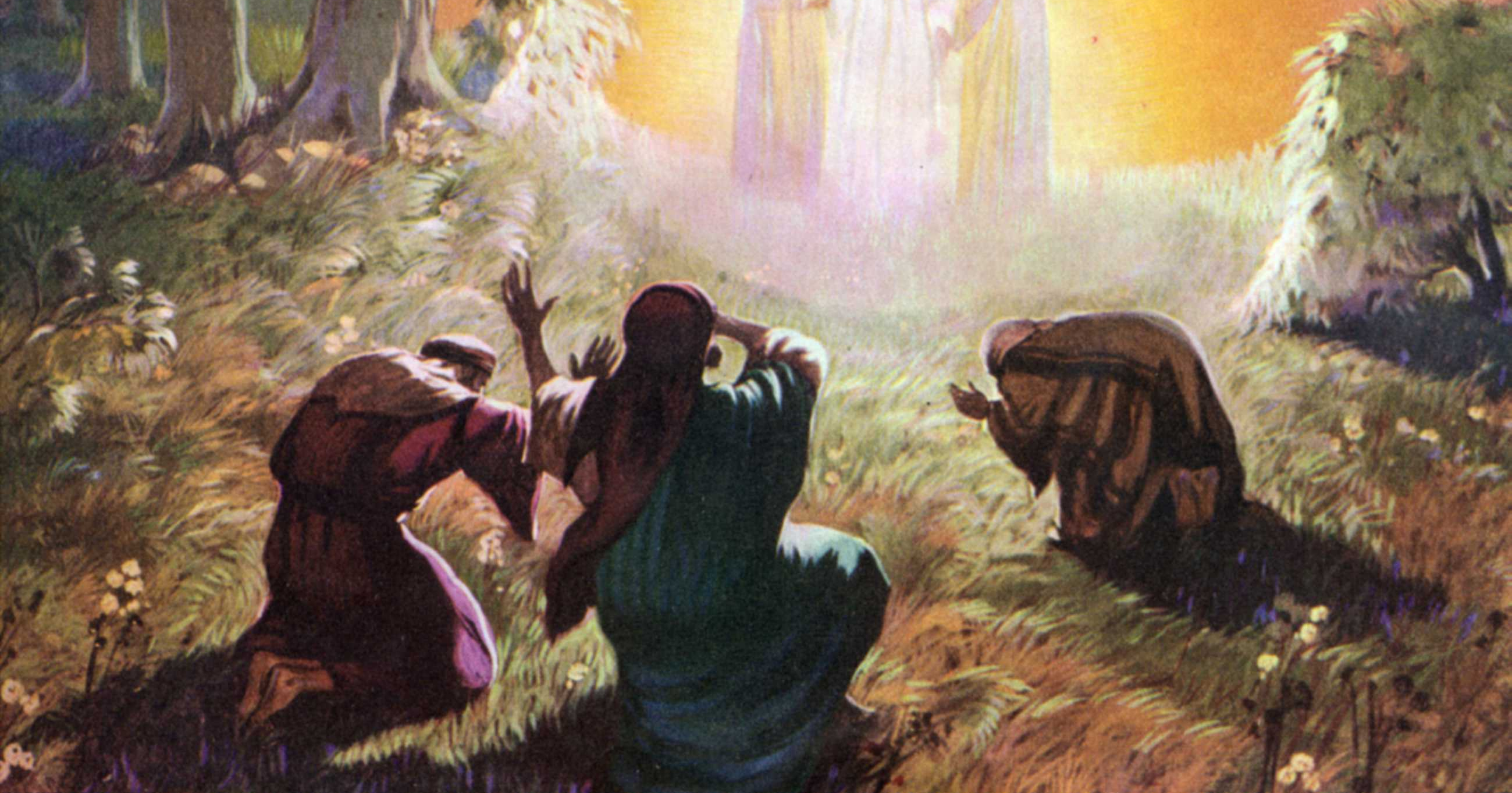A Time Called…Transfiguration

Words occupy the mind, but images haunt the soul. Scripture records that, after a ministry of sermons, stories, and conversations, Jesus was transfigured on a mountain before his disciples. He appeared in dazzling whiteness with two heavenly figures – Moses and Elijah.
Historical Roots of the Transfiguration
Widely adopted in the Eastern Church before 1,000 A.D., the Western Church added this special day to the church year in 1457. Its date coincided with the celebration of a great military victory over the Turks by Callistus III. In recent history, it appears as the last Sunday after Epiphany – the Sunday before Lent begins, where it powerfully presents the message that God is revealed in Jesus Christ.
Finding Meaning in the Tradition
The story of Jesus’ transfiguration need not be reasoned through. It is a mystery to be contemplated, an image to keep with us as a continuing epiphany. The miracle is not that Jesus changed, but that the three disciples saw clearly who Jesus was. Glory, splendour, transcendence – such words are rarely used today, yet they truly belong to this event. As we turn towards Lent and the solemn events of Holy Week, we carry with us this image of our Lord, in glory and in mystery.
Questions for Personal Meditation
Read this story in Mark 9: 2-8 or Matthew 17:1-9.
How would I describe the Transfiguration?
What would I have done, had I been on the mountain?
(Source: The Presbyterian Church in Canada 2007 – used with permission)
Categories: General News
